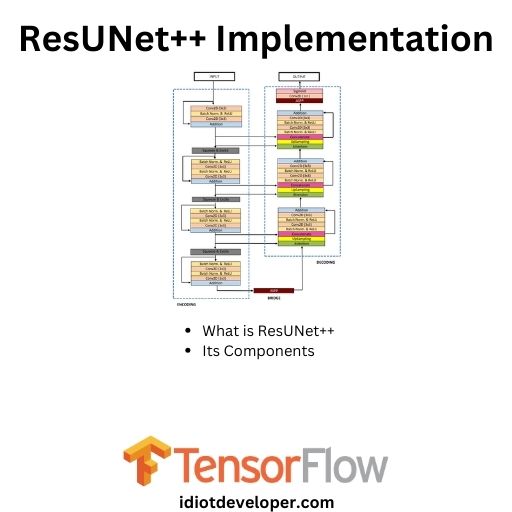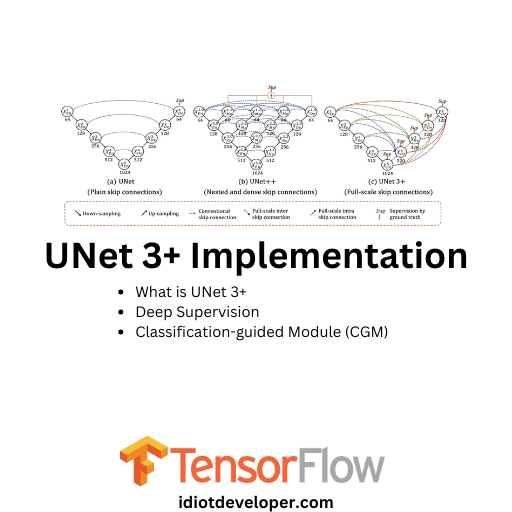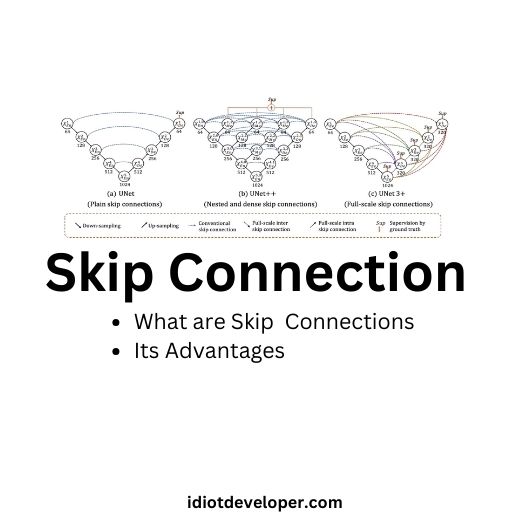ResUNet++ Implementation in TensorFlow
In this article, we will study the ResUNet++ architecture and implement it using the TensorFlow framework. ResUNet++ is a medical image segmentation architecture built upon the ResUNet architecture. It takes advantage of Residual Networks, Squeeze and Excitation blocks, Atrous Spatial Pyramidal Pooling (ASPP), and attention blocks. What is ResUNet++? Debesh...










Hi Nikhil, Thanks for your dedications and explored very well. it is great helps to me. by Palani
ImportError: cannot import name 'load_data' from 'data' (C:\Users\Aravinda\anaconda3\lib\site-packages\data\__init__.py)
sir can you share a code of using squeeze and excitation network on custom CNN for a classification
Hey Nikhil, Very nice, to-the-point article on transfer learning. For a small size of dataset, an image augmentation along with…
Truly good blog short article and also valuable.